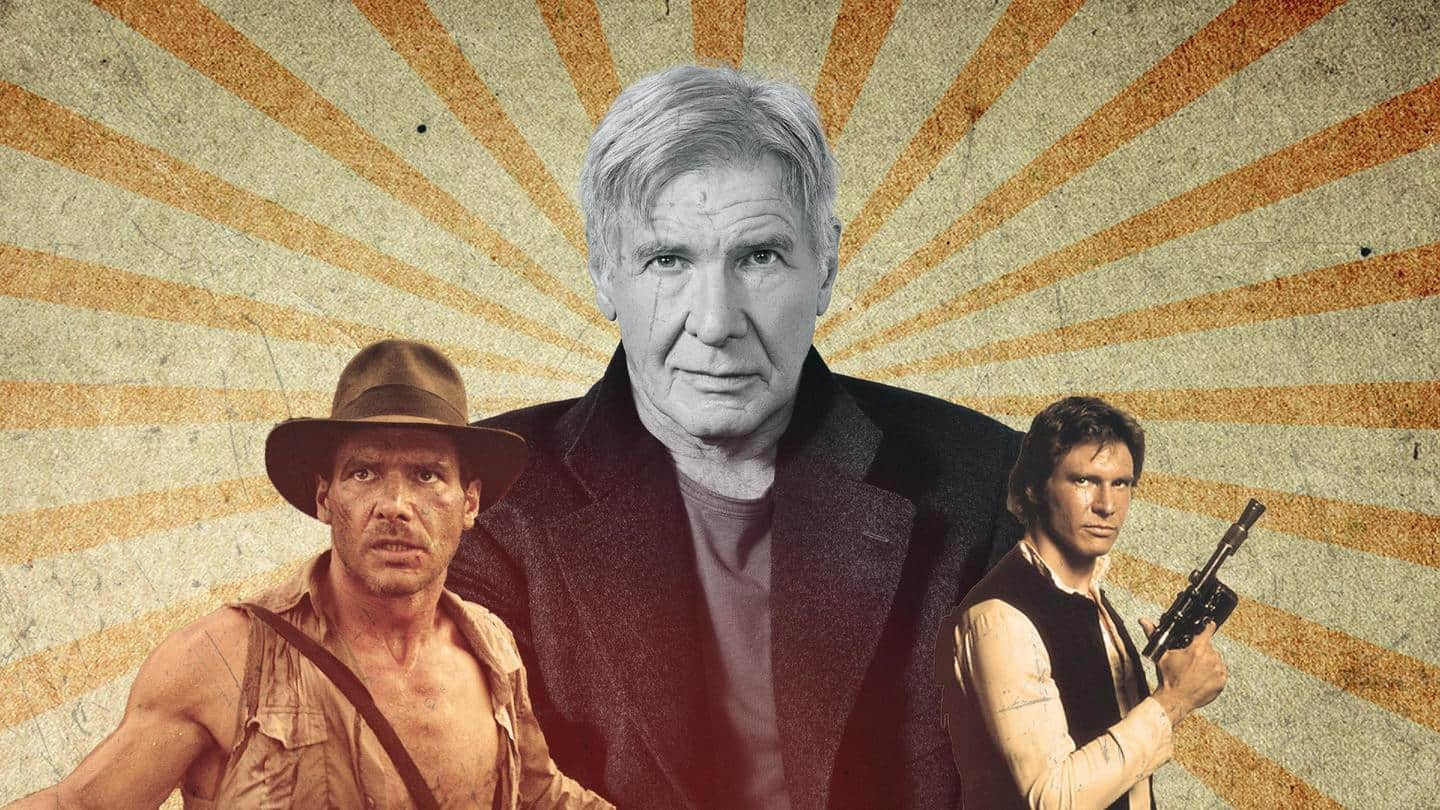In the annals of cinematic history, certain characters transcend the screen, embedding themselves in the collective consciousness of society. Among these distinguished figures stands Dr. Henry Walton Jones Jr., more commonly known as Indiana Jones, a character brought to life by the incomparable Harrison Ford. As the adventure-seeking archaeologist clad in a weathered fedora, Indiana Jones has not only become emblematic of heroic escapades but also serves as a lens through which we can explore the complex realm of cultural relativism.
This article embarks on an exploration of the character’s iconography, delving into the interplay between adventure narrative and its illustrative representation of various cultures. Harrison Ford’s portrayal has garnered immense popularity, ushering audiences into a world rife with ancient legends, sacred artifacts, and unpredictable danger. Through Indiana Jones’ escapades, a nuanced understanding of cultural relativism emerges, prompting a reevaluation of the ethical implications inherent in archaeology and treasure hunting.
At the forefront of Indiana Jones’ character is the juxtaposition of the archaeologist and the adventurer. This dichotomy raises questions about the ethical responsibilities of archaeologists in their pursuits. While the character is depicted as a passionate seeker of knowledge, his methods often invoke a more colonial and exploitative ethos. The excavation of artifacts often disregards the cultural significance they hold for indigenous peoples, thus elucidating the tensions between knowledge acquisition and cultural preservation.
Cultural relativism abhors the notion of a singular narrative. When viewed through this lens, Indiana Jones can be perceived not merely as a hero but as a product of his environment—an environment laden with historical imperialism and cultural appropriation. This perspective compels audiences to introspect about their perceptions of archaeology and the impact of Western narratives on cultural representations. How often do we see the pursuit for artifacts framed solely as the testament of a civilization’s greatness, sidelining the narratives of those who still revere these objects as integral to their identity?
Furthermore, Indiana Jones’ character epitomizes the archetypal “white savior,” a trope that pervades various narratives. While Jones often aids marginalized communities in reclaiming their heritage from villains, this dynamic often positions indigenous cultures as passive, reliant on external forces to restore their history. Such portrayals can perpetuate stereotypes, inadvertently reinforcing a paternalistic view that undermines the agency of these cultures. As audiences engage with Indiana’s adventures, it becomes imperative to unravel the complexities of these portrayals, urging a discourse that embraces cultural narratives from a standpoint of respect and partnership.
A critical examination also necessitates consideration of the comedic aspects that underpin Indiana Jones’ persona. The character’s blunders, often portrayed through humorous action sequences and near-misses, serve a dual purpose: they endear him to audiences while also trivializing the gravitas associated with the cultural artifacts he seeks. This comic relief, while entertaining, risks downplaying the significance of the treasures and the legacies they represent. Such treatment invokes reflection upon the commodification of culture in popular media, and the consequences it bears on public perception.
Moreover, the portrayal of antagonists in the Indiana Jones franchise warrants scrutiny. Characters often manifest as caricatures of various cultures, exemplifying the West’s gaze towards the “other.” From the sinister cult of “Temple of Doom” to the Nazis in “Raiders of the Lost Ark,” the villains often embody the fears and prejudices of a Western audience. This depiction not only simplifies complex cultural realities but distills entire societies into monolithic images of antagonism. The resulting narrative serves to reinforce Western superiority by contrasting it with these villainous portrayals, perpetuating the archetype of the noble hero versus the barbaric other.
Yet, it is crucial to acknowledge that the advent of Indiana Jones does not exist in a vacuum; it reflects broader historical contexts and societal paradigms. As cultures evolve and audiences become increasingly cognizant of the discourses surrounding representation, the Indiana Jones narrative invites a reevaluation. This is particularly poignant considering the current emphasis on decolonization and the need for ethical archaeological practices that honor indigenous perspectives.
In contemporary discourse, Indiana Jones could serve as a catalyst for fostering conversations on these vital issues. His character underscores the significance of recognizing the voices and stories of the cultures depicted, advocating for a narrative shift from exploitation to collaboration. A possible trajectory for the future of this iconic character might center on fostering partnerships with indigenous peoples in the discovery and display of their cultural heritage, thus allowing for authentic representations untainted by colonial narratives.
In conclusion, the cultural behemoth that is Indiana Jones presents a profound opportunity to reflect upon the complexities of archaeology and cultural representation. Through Harrison Ford’s magnetic portrayal, audiences are called to interrogate the ethical ambiguities of treasure hunting and the implications of cultural relativism. As we celebrate the allure of these cinematic adventures, we must remain vigilant in acknowledging the broader sociocultural tapestries that inform our understanding of the past. Thus, Indiana Jones may act as more than just an artifact-seeker; he can transform into a vehicle for critical inquiry into the moral imperatives that govern our interactions with disparate cultures.
